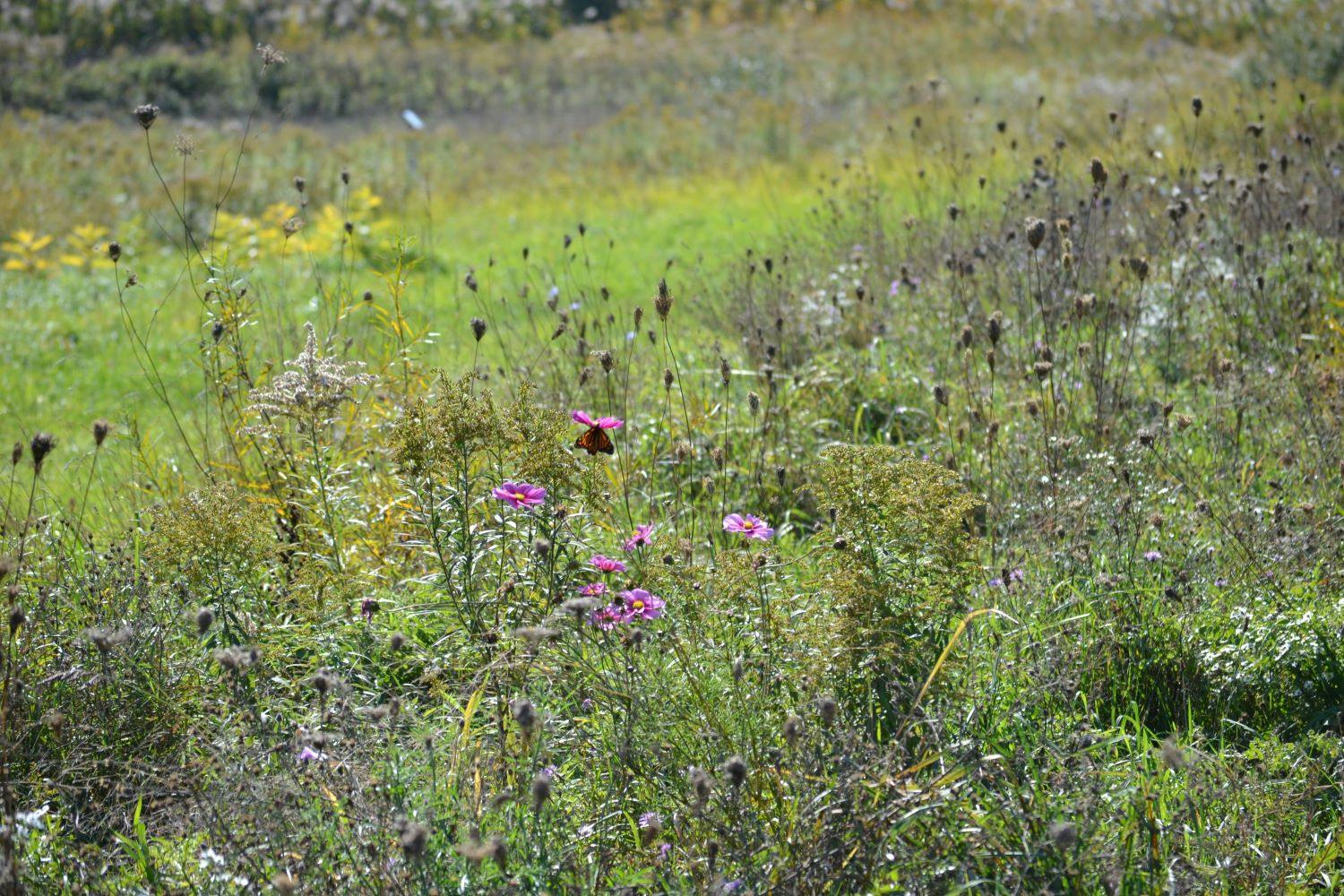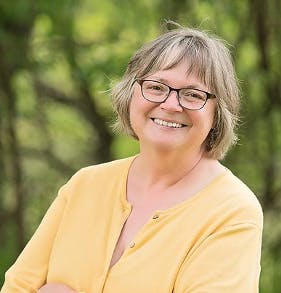By ANDREW ROTH
Capital News Service
LANSING – Burial after death is going through a rebirth.
Increasingly, individuals are interested in cemeteries that offer green burial service, said Wendy Fry, a landscape architect in Ann Arbor who specializes in designing cemeteries.
Michigan has 14 of them, with plans for more. Williamstown Township and Meridian Township, near Lansing, are both in the process of developing green burial sites, Fry said.
“We’re called on more and more, whether it’s to design a green burial area, or green burial section, or to master plan it,” Fry said. “I think that most cemeteries are looking to provide green burial as an option, whether it’s immediately today or as part of their master plan.”
Existing cemeteries can find it challenging to deviate from the type of burial families bought when they buried a loved one there.
Instead, Fry said they can offer a green burial option in a new section.
There are three types of green cemeteries, according to the Green Burial Council.
The first is hybrid cemeteries where a conventional cemetery has an area for burials without a concrete vault or chemical embalming. They usually use a biodegradable container like a wicker basket or a cloth shroud.
“They’re trying to create a setting where natural decomposition can occur more quickly,” Fry said. “When a person is buried, it’s the soil that has microbes and other de-composers in it.”
“And that’s what acts on the body to decompose it and return it to Earth,” she said.
The second type is a dedicated natural burial cemetery, which uses the same criteria as a hybrid cemetery but only for natural burials.
When a dedicated natural burial cemetery has grave markers, they cannot be imported stones.
“They want to use indigenous materials,” Fry said. “I suppose if you were in New England, granite would still be acceptable. But in Michigan, our natural stone is more boulders, and so that’s what would be used.”
Those markers are also often not associated with a single specific grave, unlike in traditional cemeteries.
“That’s part of the whole concept of green burial. You’re not spreading non-native materials across the property,” Fry said.
The third form of green cemetery is a conservation burial ground.
When one is developed, a conservation organization partners with it and deed restrictions are placed on the land to ensure they’ll never be used or developed for another reason.
Michigan’s current green cemeteries are in Chassell in Houghton County, Clinton Township, Eagle Harbor, Houghton Township, Houghton, Roseville, Milan, Wyandotte, Muskegon, Marquette, Traverse City, Grandville, Waterford and Muskegon.
Four are certified by the Green Burial Council – two as natural burial cemeteries and two as hybrids. The rest offer green burials but either did not request certification or did not meet the council’s criteria.
Fry said that by eliminating the use of embalming fluids, individuals in the death care industry can avoid higher incidences of cancer.
Similarly, cemeteries that use higher levels of pesticides, herbicides and fertilizers often experience higher levels of diseases like Lou Gehrig’s disease, Fry said.
While the concept of green cemeteries is not completely new, Fry said it is experiencing a surge in interest.
“We’re living in a period of more awareness about sustainability and all of the negative environmental impacts that go with not living sustainably,” Fry said.
Participating in green burials can make families feel like they’re doing something positive for the environment.
“People that have participated in green burials say it’s very honorable,” Fry said. “It’s very moving. It’s just the right thing for them. The family feels good about it. They feel part of the process.”
For the living, green cemeteries can become recreational community spaces, Fry said, pointing to a project in Shaker Heights, Ohio.
Fry encouraged that cemetery to remove large hedges and replace them with native plants and trees, as well as letting the grass grow out.
“Instead of a mowed lawn, like is traditional in a cemetery, we laid out a system of paths that they could walk through,” Fry said. “It became more of a location for people to be able to sit in the cemetery at lunchtime and be outdoors, or to take a shortcut from one end of the cemetery.”
Brian Klatt, the director of the Michigan Natural Features Inventory at Michigan State University, said the idea of cemeteries as public recreational space dates back to the late 1800s and early 1900s.
In cities like Detroit, Klatt said cemeteries served as “green space in an area that was being evermore urbanized.”
“It is a recognition of the importance of providing the opportunity to experience nature for city dwellers,” Klatt said. “And now, it is getting a resurgence.”
Beyond human uses, Klatt said green cemeteries can serve as “island habitats” that provide shelter, food and water for wildlife and a habitat for plants, including species struggling with population decline.
Klatt pointed to an example in Illinois, where there were more than 30 species per square mile in the areas of the cemetery that were not mowed.
“That’s very high. That’s a very high diversity,” Klatt said. “Mowed lawn is mowed lawn.
“I can’t say that it is a great biodiversity resource. It provides some habitat and food, but you might find rabbits and squirrels, small mammals like that. But it is definitely a step back from what cemeteries used to be when they were less well kept, he said.”
Editors Note: Story updated March 24, 2023






